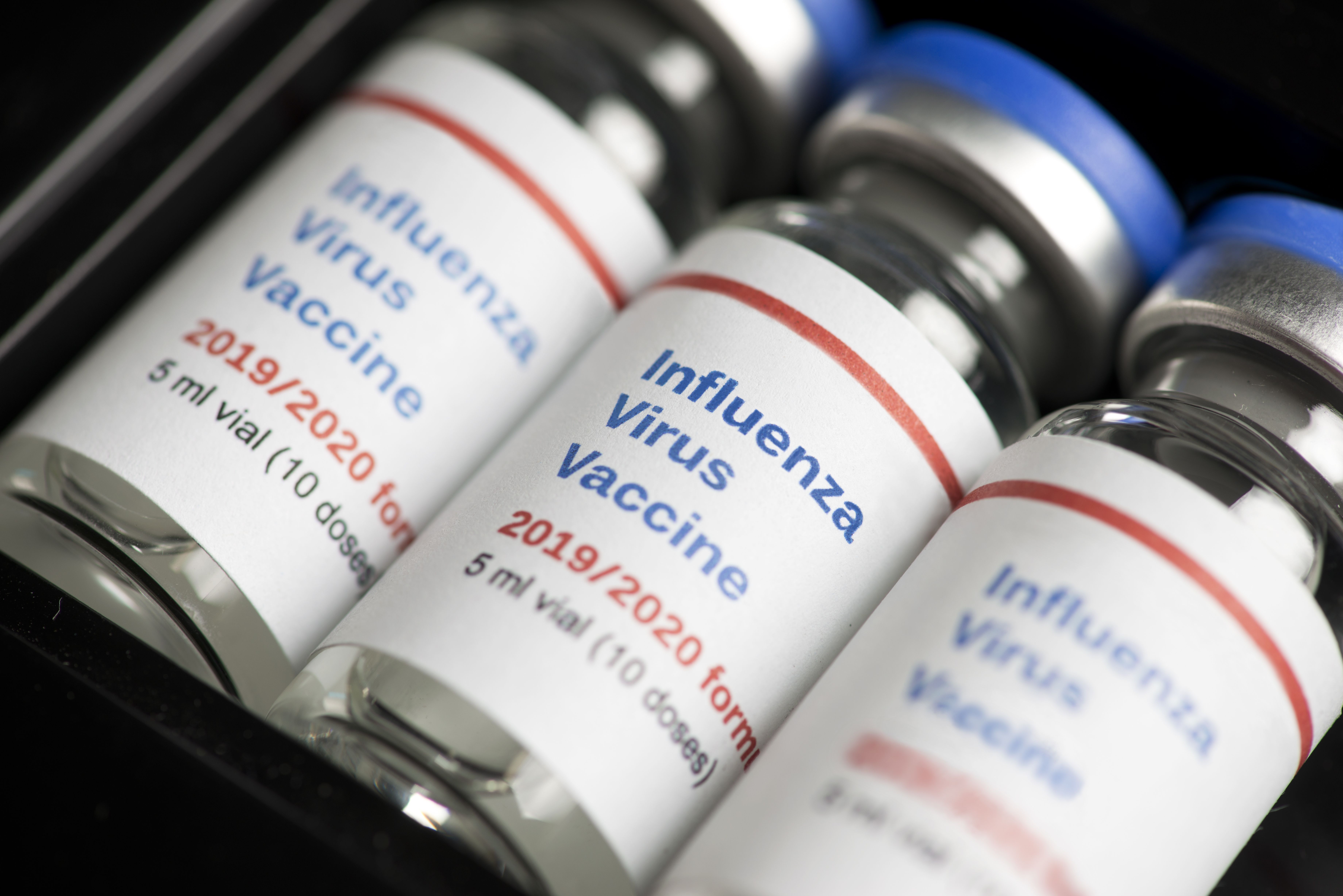Article
Study Finds More than 1-in-3 Diabetics Not Receiving Yearly Flu Shots
Author(s):
An analysis of nationally representative data suggests 35.6% of diabetic patients reported not receiving a yearly influenza vaccination.

New research from an analysis of nationally representative data is shedding light on underuse and disparities in use of seasonal flu vaccines in patients with diabetes.
Results of the analysis, which included data from 25,000 diabetic patients, indicated more than a third of diabetics did not receive an influenza vaccination and details disparities among low-income and non-Hispanic Black populations.
“These findings highlight the continued need for focused public health interventions to increase vaccine coverage and utilization among vulnerable patients and populations,” wrote study investigators.
With influenza posing a serious risk for patients with diabetes mellitus, a team of investigators from the University of Houston and Yale University sought to describe current trends in influenza vaccination and disparities in use among different demographic groups. With this in mind, investigators chose the Medical Expenditure Panel Survey from 2008-2016 as the data source for their analysis.
Investigators pointed out patients included in the Medical Expenditure Panel Survey represented a subgroup of patients within the National Health Interview Survey and is representative of a national population. For the purpose of the analysis, investigators included patients with both type 1 and type 2 diabetes—diagnoses of were ascertained through assessment of ICD-9/10 codes.
From the Medical Expenditure Panel Survey investigators also obtained information related to covariates including age, sex, ethnicity, family income, insurance status, education level, and presence or absence of usual source of care. For the analysis, age groups were defined as 18-39, 40-64, and 65 or more years.
In total, investigators identified 25,396 patients aged 18 or older with diabetes mellitus within the Medical Expenditure Panel Survey. Upon analysis, results indicated 35.6% of total patients with diabetes did not receive an influenza vaccination in the previous 12 months.
In adjusted analyses, investigators found patients aged 18-39 years (OR, 2.54; 95% CI, 2.14-3.00), non-Hispanic Black patients (OR, 1.29; 95% CI, 1.14-1.46), those without insurance coverage (OR, 1.88; 95% CI, 1.59-2.21), and those with no usual source of care (OR, 1.61; 95% CI, 1.39-1.85) were all more likely to not receive an influenza vaccination. Investigators pointed out adults from low-income families (OR, 1.10; 95% CI, 1.01-1.20) and those with an education equal or less to a high school diploma (OR, 1.19; 95% CI, 1.06-1.33) were also more likely to be missing an influenza vaccination.
In an analysis comparing patients with high-risk characteristics against a reference group without any high-risk characteristics, results suggested a stepwise increase in prevalence of missing influenza vaccinations in those with 1 (34%), 2 (38%), 3 (48%), and 4 or more (64%) high-risk characteristics. When adjusting for sex, geographic regions, cardiovascular risk factors, and other comorbidities, results indicated patients with 4 or more high-risk characteristics had 3.5-fold(OR, 3.50; 95% CI, 2.79-4.39) greater odds of lacking an influenza vaccination than their counterparts in the reference group.
Investigators noted multiple limitations within their study. These limitations included the cross-sectional nature of the data source and the potential for recall bias due to self-reporting of influenza vaccination information from the database.
“Nationally nearly one-third of adults with DM lacked influenza vaccination with disproportionately higher rates among vulnerable sociodemographic groups. These results underscore the importance of focused public health interventions to address these underlying factors to improve influenza vaccination rates and limit downstream preventable adverse outcomes in patients with DM,” wrote investigators.
This study, “Prevalence of and Sociodemographic Disparities in Influenza Vaccination Among Adults with Diabetes in the United States,” was published in the Journal of the Endocrine Society.





